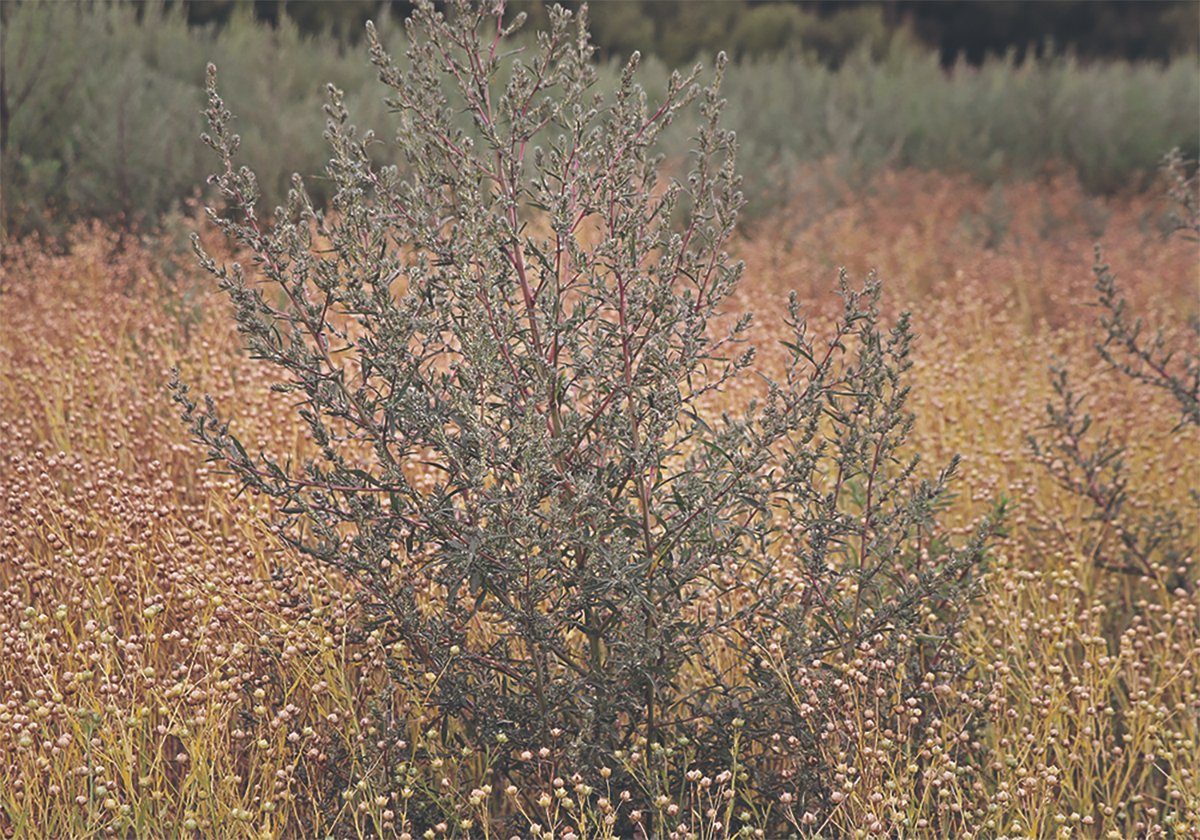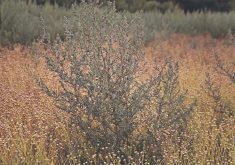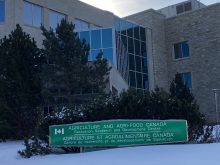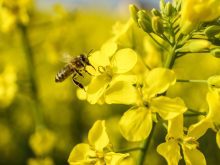Imagine placing an order for a cow that is immune to mastitis.
This is not a science fiction tale.
Progress has already been made to genetically engineer cows with these
traits. Recent research has focused on the development of a new way to
fight coliform mastitis. “Designer” cows are on the horizon.
Coliform bacteria account for up to half of all cases of mastitis. This
bacterium is especially prevalent in cows that produce milk with low
white cell counts.
Read Also

Kochia has become a significant problem for Prairie farmers
As you travel through southern Saskatchewan and Alberta, particularly in areas challenged by dry growing conditions, the magnitude of the kochia problem is easy to see.
Older cows appear to be more susceptible because the streak canal – the
milk duct in the teat – becomes more dilated as cows age. This allows
bacteria to enter more easily.
Unlike the majority of other mammary infections, coliform infections
can be life threatening. In the United States, about three million cows
become sick from coliform mastitis every year. About one-tenth of them
are culled or die from the infection.
Death is caused by shock induced by an endotoxin released by the
coliform bacterium.
When bacteria multiply in the mammary gland, the cow generates an
inflammatory reaction to kill the bacteria. As the bacteria die, they
release endotoxins that cause gangrene of the udder, shock and death.
Antibiotics are the standard treatment for coliform mastitis. In severe
cases, cows are treated with intravenous fluids and medications to
combat shock.
Reducing the rate of mortality associated with acute coliform mastitis
has been difficult. Vaccines have been produced but have had limited
success.
They don’t eliminate the bacteria and are limited in their ability to
prevent symptoms.
This could all change. Last year, a patent was filed for a recombinant
gene that can be used to treat cows with coliform mastitis and to
prevent future infections.
This technology could have enormous implications for dairy producers.
The gene codes for a protein called CD14 that is naturally found in
cow’s milk and blood plasma. It binds to endotoxin and neutralizes it
before the immune system overreacts. By reducing the inflammatory
reaction, the signs of illness are prevented.
CD14 also helps the mammary gland recognize low levels of endotoxin and
deal with them before the coliform growth gets out of hand. The
bacteria are put in check before a full-blown immune system attack is
needed.
Researchers identified the gene that produces the CD14 protein and
then transferred it to insect cells. The protein generated by the gene
binds to endotoxin in tissue culture and is expected to do the same
when injected into the blood of a sick cow. This theory will be tested
as soon as sufficient CD14 can be produced.
The technology to insert the gene into a cow is already available and
has been successfully used in a Jersey cow. Annie is a clone whose
mammary gland cells produce a protein that promises to prevent
infections from staphylococcus bacteria.
The goal of current research is to produce a cow with the gene that
allows its mammary gland to produce CD14.
The CD14 gene technology is now at a stage where the gene will be
inserted into mice. If the tests go well, cows will be next.
Ultimately, researchers want to bioengineer a cow that is pro-
tected against mastitis-causing
organisms.
Jeff Grognet is a veterinarian and writer practising in Qualicum Beach,
B.C.
















